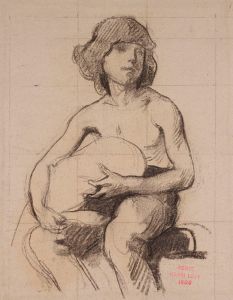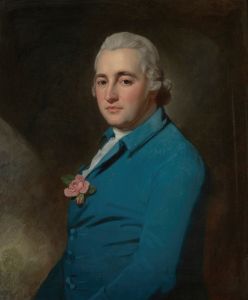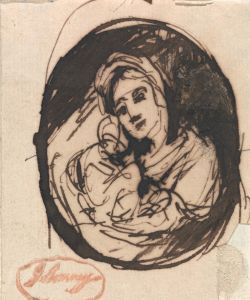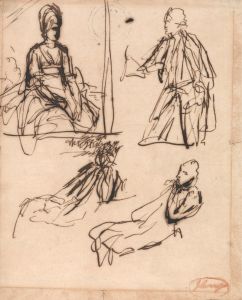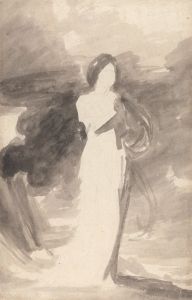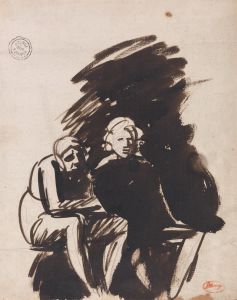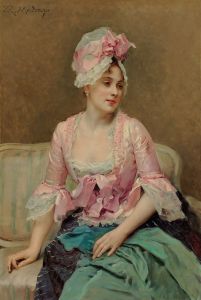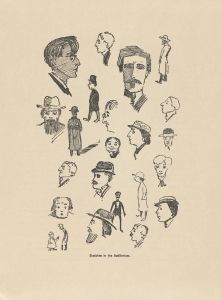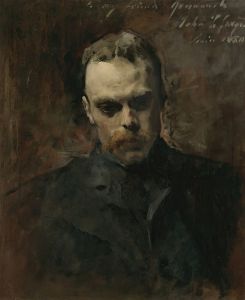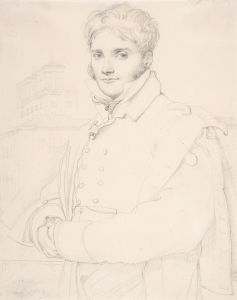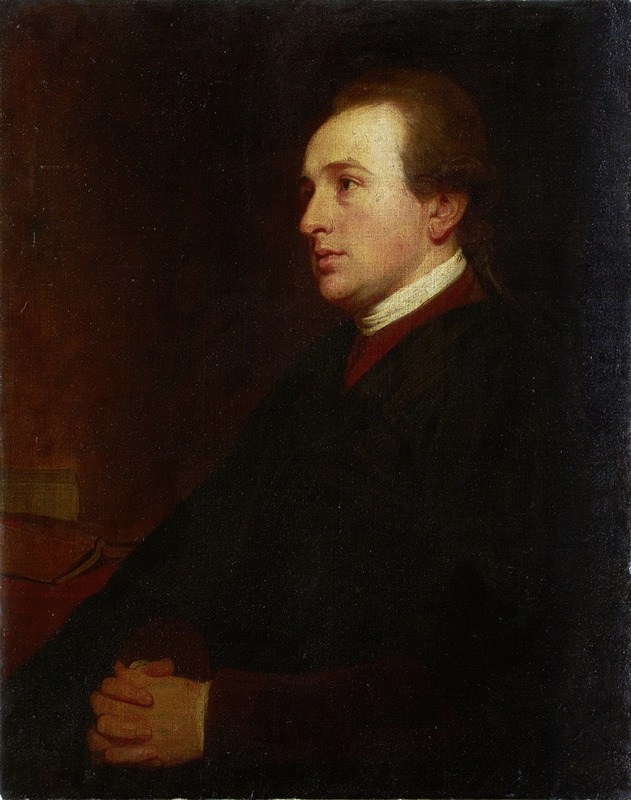
Portrait of a Young Man at his Desk
A hand-painted replica of George Romney’s masterpiece Portrait of a Young Man at his Desk, meticulously crafted by professional artists to capture the true essence of the original. Each piece is created with museum-quality canvas and rare mineral pigments, carefully painted by experienced artists with delicate brushstrokes and rich, layered colors to perfectly recreate the texture of the original artwork. Unlike machine-printed reproductions, this hand-painted version brings the painting to life, infused with the artist’s emotions and skill in every stroke. Whether for personal collection or home decoration, it instantly elevates the artistic atmosphere of any space.
George Romney was a prominent English portrait painter in the late 18th century, known for his vivid and expressive portraits that captured the personalities and social standings of his subjects. One of his works, "Portrait of a Young Man at his Desk," exemplifies his skill in portraying individuals with a sense of immediacy and character.
"Portrait of a Young Man at his Desk" is a painting that reflects Romney's ability to convey the intellectual and contemplative nature of his subject. The painting depicts a young man seated at a desk, suggesting a setting of study or work. The young man is dressed in the fashion typical of the late 18th century, which helps to date the painting within Romney's active years as an artist. The attire, combined with the setting, suggests that the subject may belong to the educated class, possibly involved in scholarly or clerical work.
Romney's technique in this painting, as in many of his other works, demonstrates his mastery of light and shadow, which he uses to bring out the features and expressions of the young man. The lighting in the painting is likely designed to focus on the face and hands of the subject, drawing the viewer's attention to the thoughtful expression and the poised posture of the young man. This use of chiaroscuro not only adds depth to the painting but also enhances the sense of realism and presence.
The background of the painting is typically subdued, a common trait in Romney's portraits, which serves to keep the focus on the subject. This approach allows the viewer to engage directly with the young man's gaze and demeanor, creating an intimate connection between the subject and the observer. Romney's portraits often eschew elaborate backgrounds or props, instead relying on the sitter's expression and posture to convey character and mood.
While specific details about the identity of the young man in the portrait are not readily available, the painting remains an important example of Romney's work during a period when portraiture was a significant means of documenting and celebrating individuals. Romney's clientele included many notable figures of his time, and his portraits were sought after for their elegance and insight.
"Portrait of a Young Man at his Desk" is representative of the broader trends in 18th-century British portraiture, where artists like Romney played a crucial role in shaping the visual culture of the era. His works continue to be studied for their artistic merit and their ability to capture the essence of the people of his time.
In summary, George Romney's "Portrait of a Young Man at his Desk" is a testament to his skill as a portraitist, capturing the intellectual spirit of his subject with clarity and depth. The painting remains a valuable piece of art history, reflecting the style and social context of late 18th-century England.





